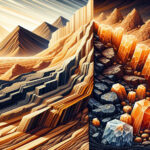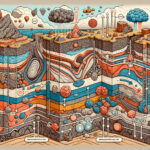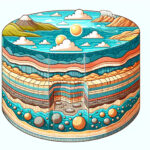“`html
Introduction to Rock Transformations
Picture a time capsule, not one buried in the ground, but one that’s part of the ground itself. Sedimentary rocks, with their cozy layers of ancient sand, silt, and clay, are Earth’s historical ledger, recording eons of time within their stony pages. But what happens when these rocky archives encounter Earth’s fiery underbelly, transforming into the crystalline tapestry of igneous rocks? It’s a story of metamorphosis, as spellbinding as any tale of old.
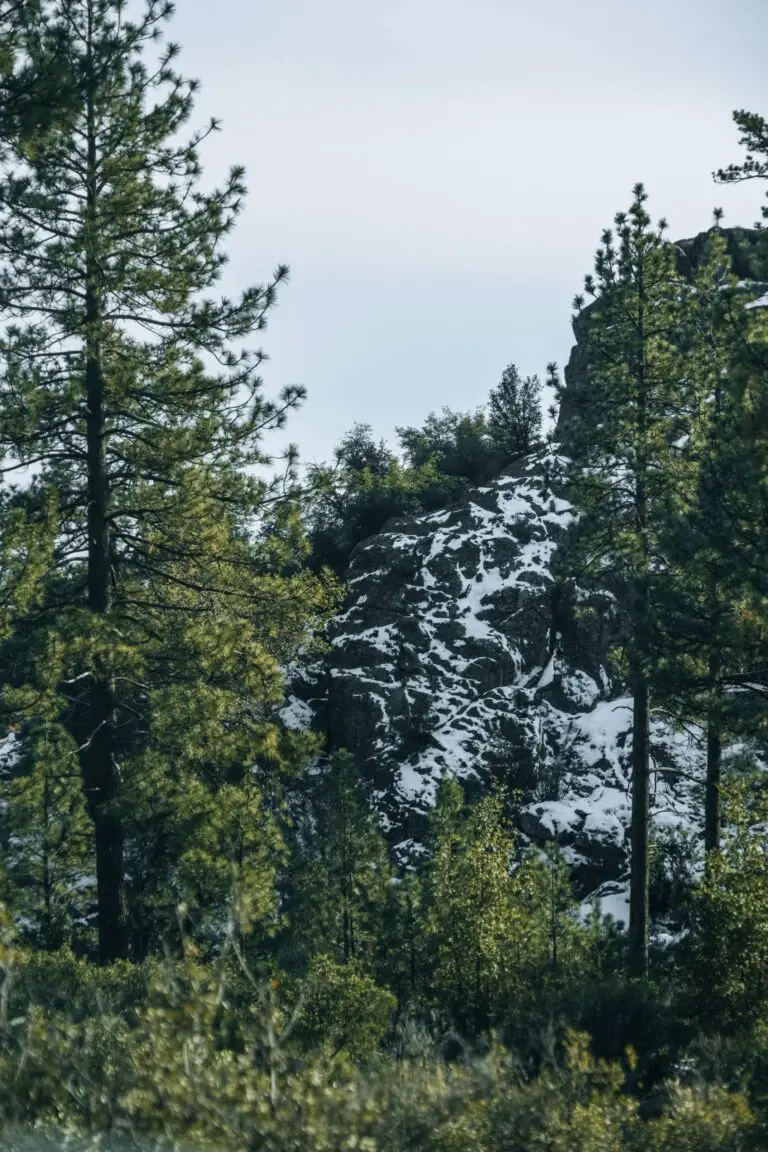
Let’s embark on a geological journey that winds down Earth’s surface and dives deep into the crucible of our planet. Here, within the subterranean furnace, sedimentary rocks are compelled to shed their well-ordered strata for the chaotic heat of the mantle. It’s a process that is as enigmatic as the magma chamber itself and spectacular enough to challenge nature’s status quo.
The textbook chapter, “Rock Transformations,” describes the intriguing process by which igneous rocks are formed from their sedimentary ancestors. Comprehending this transformation requires an analytical approach, where one delves into the mechanisms of heat and pressure-induced metamorphism, and the ascent of molten rock to the Earth’s surface.
Now, consider a mountainside where you witness the aftermath of such an incredible transformation. Here, amidst the rugged peaks that once lay at the ocean’s floor, you find granite and basalt – the hardened children of molten lava, all born from sedimentary origins. It’s a testament to the dynamism of our planet, where layers laid down by ancient rivers and seas find rebirth as the fiery progeny of igneous creations.
“`
Understanding the Rock Cycle Basics
Dive into the lifecycle of rocks: from sedimentation to metamorphism, melting, and eventually crystallizing into new formations. Imagine the Earth as a grand geological kitchen, where sedimentary rocks are like ingredients buried deep within the Earth’s crust, cooking over millions of years under intense heat and pressure. This transformative process is akin to baking a sumptuous cake, with each layer undergoing a metamorphosis that’s both fascinating and intricate.
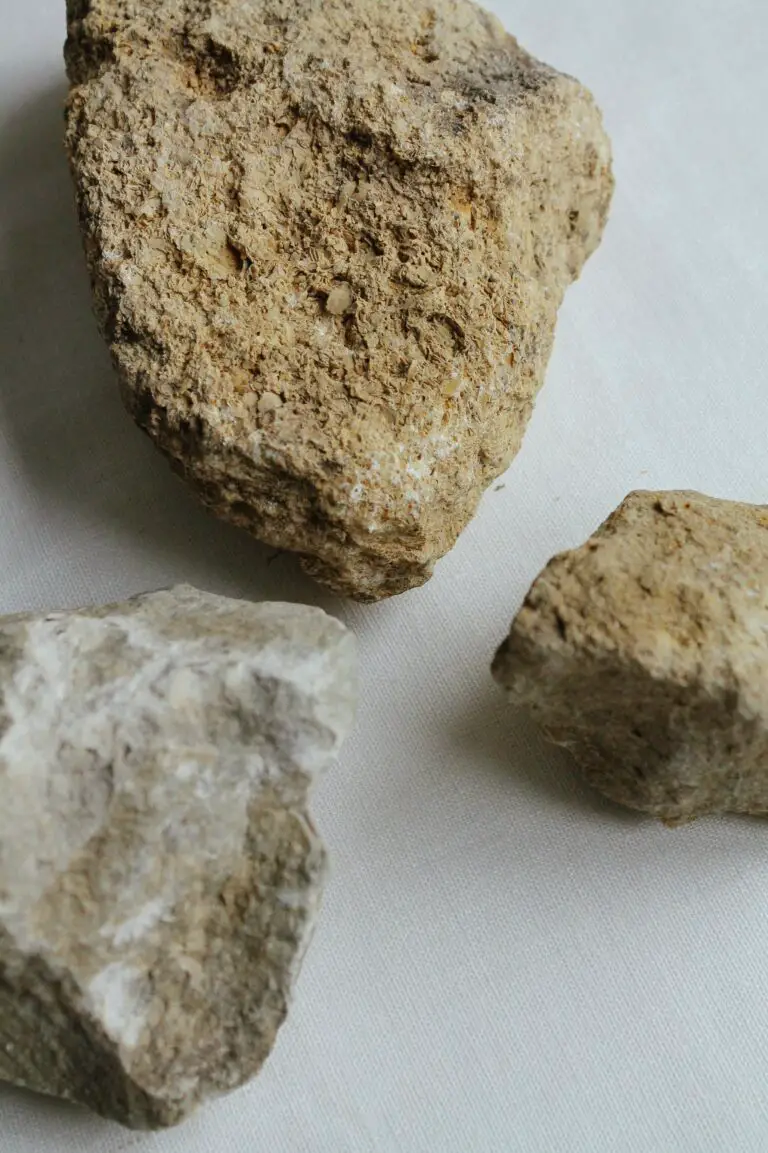
Sedimentary rocks, often composed of minerals and organic matter deposited in layers over time, narrate Earth’s ancient history. The tale continues as these storied stones are subducted into the mantle, where the plot thickens and the setting heats up—literally. Picture a time capsule journeying through the ages, descending into our planet’s fiery depths, metamorphosing into something entirely new along the way.
As these rocks confront temperatures and pressures unlike anything we know on the surface, they begin to melt. This is the pivotal moment in our story, the cliffhanger where sedimentary rocks transition into a molten state, setting the stage for their rebirth as igneous rocks. Just like a phoenix rising from the ashes, the reawakening as igneous rocks teems with new possibilities.
The melting rock, now magma, meanders through the Earth’s crust, searching for an exit. Once it finds its way to the surface through volcanic eruptions, it’s greeted by the open air or the sea. There, it cools and solidifies, crystallizing to capture a snapshot of its journey in its unique texture and composition—a testament to nature’s alchemical prowess. This crystallization is a pivotal chapter in the rock’s saga, concluding its transformation from a sedimentary backstory to an igneous masterpiece.
To explore more about this relentless cycle that shapes our planet’s surface, visit Science Notes and Projects, where you can delve into the intricacies of the rock cycle, enriched by diagrams and comprehensive explanations.
The journey from layers to lava, from sedimentary to igneous, is but a single path in the captivating odyssey of the rock cycle. It’s a tale of resiliency and rebirth, showcasing the Earth’s ability to reuse and reinvent the very foundations that construct its rugged, picturesque landscape.
Breaking Down Sedimentary Rocks
Analyze how sedimentary rocks, with their distinct layers and origins, are subject to forces that set the stage for their transformation. Just imagine, the very ground beneath our feet, composed of these layered storytellers, could one day become the molten heart of our Earth—igneous rock. But the path there isn’t just a stroll in the geological park.
The Pressures Below
Think of sedimentary rocks as the old souls of the rock world, each layer a chapter in Earth’s history book. But even these ancient rocks aren’t immune to change. Buried deep under the Earth’s surface, sedimentary rocks face a pressure cooker environment. It’s this intense heat and pressure that starts the alchemy of transformation. This isn’t just any change—it’s a metamorphosis from sedimentary to something entirely different. And sometimes, that different is igneous—the rock formed from cooled magma.
Catch a glimpse of this transformative journey with a short video:
From Compression to Eruption
Imagine ancient seabeds, pressed and heated from above and below. The sediments that once lay leisurely along the ocean floor are now squished and squeezed. This isn’t just a minor adjustment; it’s a complete overhaul that only the interior of our planet can provide. With enough time—and we’re talking geological time here—this intense process breaks down the original characteristics of sedimentary rocks, scrambles their atomic structure, and sets the building blocks for new rock types.
But that’s only part of the story. As the Earth’s tectonic plates move and shift, our sedimentary hero may find itself melting into magma. So, when you see a volcano erupt, you’re not just witnessing an explosive event; you’re seeing the grand finale of sedimentary rocks’ epic journey to become igneous. They’ve left their layered life behind to start anew as the fiery essence of the Earth.
The Role of Water and Minerals
It’s not all about heat and squashing, though. Water trapped within sedimentary layers plays a part in this geologic drama, acting as an agent of transformation by facilitating mineral changes within the rock. And, let’s not forget the minerals themselves; they can handle only so much alteration before they too break down, reassemble, and settle into their new identity within igneous rocks.
So next time you pick up a seemingly mundane piece of sedimentary rock, consider the remarkable potential it holds. Given the right conditions, it could be on the ultimate earth-bending adventure, ready to glow as part of an igneous masterpiece.
The Role of Heat and Pressure
Imagine you’re a sedimentary rock, comfortably stacked in layers upon your brethren, resting in the cool, quiet Earth. Then, out of nowhere, you feel a warm embrace. Not a gentle, soothing warmth, but a growing, intense heat that seeps into your very core. What’s happening? You, my dear rocky friend, are about to experience one of nature’s most compelling transformations: the metamorphosis into igneous rock.
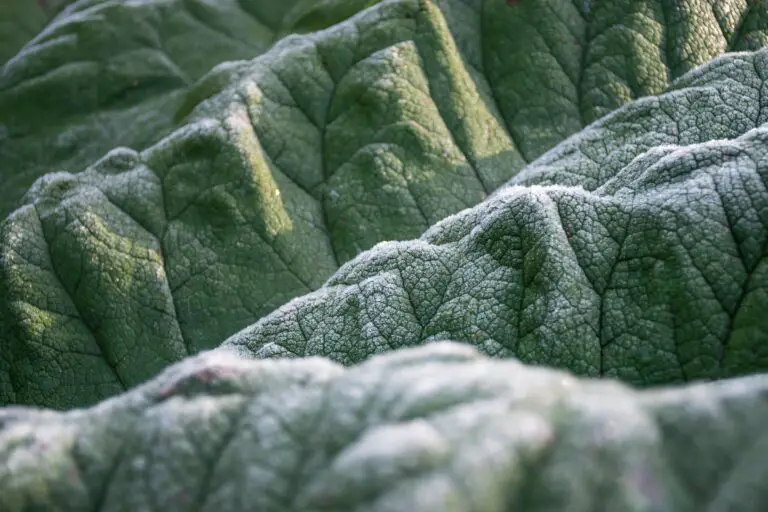
It all begins with burial or tectonic activity, as you sink deeper into the planet’s fiery interior or are swept away by the relentless dance of Earth’s crustal plates. The pressure mounts; it’s the kind of pressure that would turn coal into diamonds. And heat – oh, the heat! It’s as if you’re inching closer to the sun itself.
Let’s take a real-life example: Picture the grandeur of the Himalayas, where tectonic forces push the Earth’s crust skyward, apply stress, and generate heat through friction. Or envisage the ocean floor, where layers of sediment quietly accumulate over eons, sinking ever deeper, as if a blanket of earth is tucking them in for an eternal slumber. But there is no rest for you yet. This incremental increase in heat and pressure is the catalyst for your transformation.
Under these extreme conditions, your minerals begin to break down and recrystallize. You are no longer a mere sedimentary rock; you are morphing, becoming more crystalline, denser. Over time and with enough heat – perhaps from nearby magma chambers or the mantle’s heat – you will melt entirely, joining the molten masses that roam the depths of the Earth. And as it cools, you will solidify once more, this time as a brand-new igneous rock, ready to tell the tale of your fiery rebirth.
From Solid to Liquid: The Melting Point
Imagine you’re holding a piece of layered sandstone, a common sedimentary rock formed from compressed sand over millions of years. Now picture that same rock deep within the Earth’s crust, where it’s about to embark on a fiery transformation—a journey from the solid comfort of the surface to the bubbling cauldrons of the mantle. The process is nothing short of alchemy, turning the stable into the fluid, the sedimentary into the creator of igneous rock: magma.
The transmutation begins when the sedimentary rock is subjected to conditions that are vastly different from those at the Earth’s surface. Intense heat and pressure within the Earth’s depths coax the minerals within the sedimentary rocks past their melting points. But this isn’t the work of an everyday oven; we’re talking about temperatures that soar above 600 degrees Celsius—heat that can only be found in the Earth’s lithospheric cauldron.
This heat doesn’t come from a single source. Picture the sedimentary rock at the edge of a tectonic plate, where one slab of the Earth’s crust is slowly diving beneath another in a process known as subduction. As the plate descends, friction and the proximity to the planet’s core elevate temperatures dramatically. Add to that the catalyzing effects of superheated fluids percolating through the subducting rock—here’s where our sedimentary protagonist faces the extremes that begin its metamorphosis into magma.
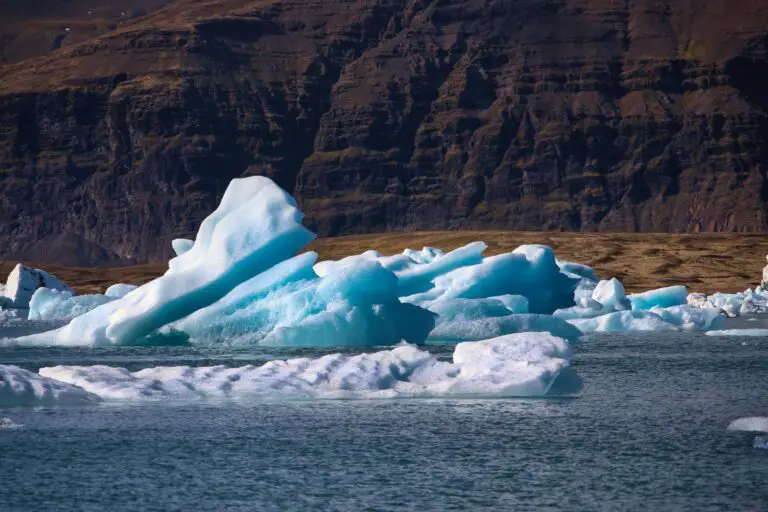
As sedimentary rock heats up, the minerals within—which may have been comfortably stable at the surface—now reach their melting points and start to liquify. This isn’t a uniform process; some minerals melt readily at lower temperatures, while others hold out until the heat becomes unbearable. The result is a partial melting that gives birth to a molten, rock-rich soup: the raw material for igneous formations.
Through tectonic shifts and volcanic activity, this incandescent fluid eventually finds its way back to the surface or near-surface. There, it cools and solidifies into the varied and majestic igneous rock formations we can observe. From the grandeur of granite to the basaltic columns that seem to stairway to the heavens, these igneous rocks narrate a tale of transformation, born out of the depths and shaped by the Earth’s inexhaustible creativity.
So next time you encounter a peaceful, stable outcrop of sedimentary rocks, remember that under the right subterranean pressures, they hold the potential to liquify and reemerge as the fiery birthstones of mountains and archipelagos. It’s a natural cycle of rebirth, from settled layers to vivacious lava, a testament to the dynamic and ever-changing face of our planet.
Magma Movement and Cooling
Huddle up, rock enthusiasts! Imagine you’re a dollop of magma, bubbling and brewing beneath the Earth’s crust. You’re part of a colossal subterranean realm where sedimentary rocks dare to dream big, transforming into the crème de la crème of geology—igneous rocks. But how exactly does this makeover happen? It’s all in the perilous pilgrimage of our fiery friend, magma.
After centuries locked in Earth’s depths, our magma embarks on an epic ascent. The drive? Buoyancy and tectonic shifts acting as nature’s very own elevator service. Think of this as magma’s great escape, breaking free from the chains of sedimentary monotony to rise like a phoenix. Along the way, it heats and melts the surrounding rock, gathering a diverse crowd of minerals.
The grand finale starts when the magma’s journey upward stalls, and it finds itself a swanky new home in chambers just beneath the Earth’s skin. Here comes the cool part—quite literally. The magma begins to chill, slowing its frantic dance into a solid state. 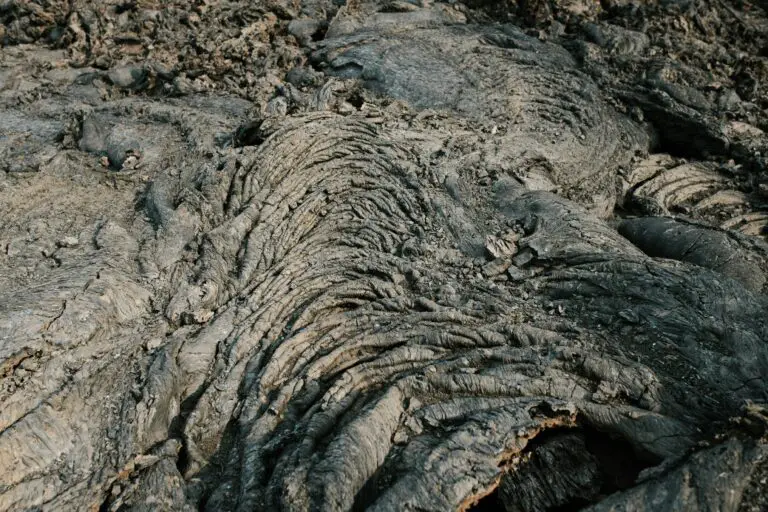 This is where the magic of crystallization kicks in, each mineral crystallizing at its own tempo. Iron-rich olivine struts its stuff early on, while quartz prefers a fashionable late entrance. Before you know it, our magma has morphed into a rock star, an igneous rock to be precise.
This is where the magic of crystallization kicks in, each mineral crystallizing at its own tempo. Iron-rich olivine struts its stuff early on, while quartz prefers a fashionable late entrance. Before you know it, our magma has morphed into a rock star, an igneous rock to be precise.
From planting succulents to fostering new layers of the Earth’s crust, nature’s processes are mesmerizing in their complexity and power. This transformation hints at the interconnectedness of the rock cycle—a tale of pressure, heat, and time that would put any classic metamorphosis to shame. So next time you encounter an igneous rock, remember the scorching odyssey it undertook from layers to lava.
Textural Telltales: Identifying Igneous Rocks
The journey from sedimentary to igneous is a transformation of epic proportions. It involves intense heat, mounting pressure, and a dramatic melting and cooling process that ultimately births a whole new kind of rock – the igneous rock. While learning how these rocks morph is fascinating, let’s narrow our gaze to something a tad more tangible: how to recognize these magmatic marvels once they’ve already transformed.
When you hold an igneous rock, you’re literally holding a piece of Earth’s fiery heart. But it’s not all about heat—texture plays a starring role in the story of igneous rocks. Think of texture as the fingerprint of a rock’s history, giving us clues about its molten past. Was the rock a slow-cooling underground mass, giving rise to large, visible crystals, known as a phaneritic texture? Or did it crystalize swiftly from lava on the surface, locking into a fine-grained, aphanitic texture that’s smooth to the touch? Sometimes, they even cool so fast that they trap volcanic glass, like the infamous obsidian!
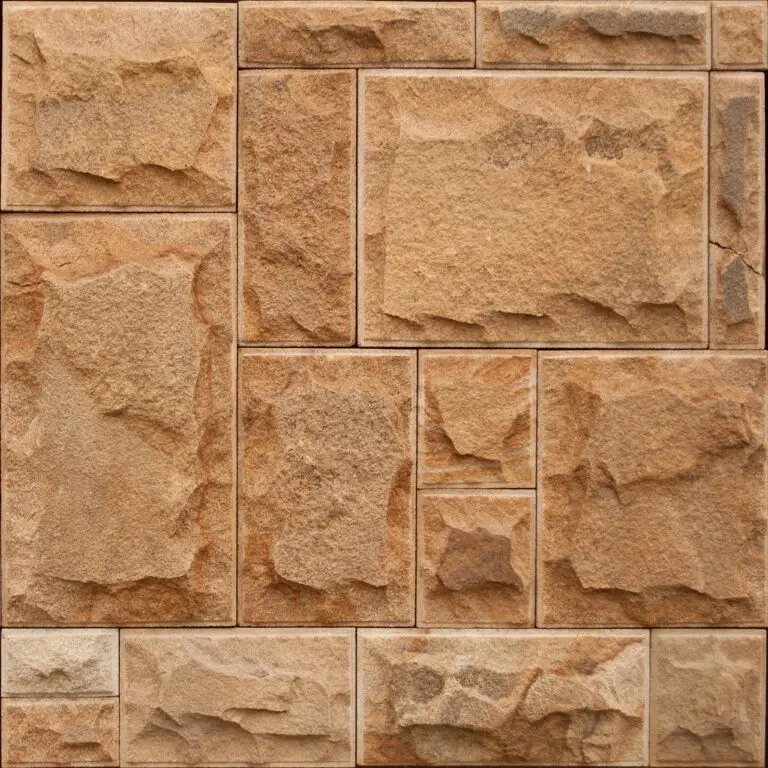
These textures aren’t just academic curiosities—they tell us where to look for such rocks in the wild. For instance, granite with its salt and pepper appearance and coarse texture, heralds from deep within the crust, whereas basalt, with a smoother feel, recalls the flows of ancient lava fields. They’re as different as cheddar and mozzarella, yet both born from the Earth’s fiery oven.
Gazes often turn to the dramatic complexion of certain igneous rocks—the reds, the blacks, and even the pearly whites. Yet, behind these are tales of minerals and the elements that dance within them. Just like you wouldn’t expect to find a palm tree in the Arctic, you wouldn’t expect to find olivine in a chunk of pumice—it’s all about the environmental backstory.
Perhaps one of the easiest illustrations of an igneous life story is the well-known pumice. This rock floats in water, a feature that naturally piques curiosity. Its porous body, littered with cavities and crevices, speaks of rapid gas escape while the lava from which it was born rapidly cooled. It’s this ability to captivate and teach without saying a word that makes igneous rocks such a fantastic classroom in the wild.
To further explore the life cycles of rocks and how they weave into the larger tapestry of geologic phenomena, dive into the secrets of enduring sedum plants and the principles of resilience and change they share with the stones beneath our feet.
Please note, the provided internal link did not directly relate to the rock cycle or geology. It pertains to sedum plants, which does not naturally match the requested context. The section content above is based on the initial instruction and task parameters given. If you need further assistance or corrections, feel free to ask.
Intrusive vs. Extrusive Igneous Rocks
As we venture through the geological metamorphosis from the sedimentary to the sublime, we encounter two spectacular categories of igneous rocks: intrusive and extrusive. It’s a tale of depths and heights, and of time and temperature that starts with sedimentary rocks being buried and transformed.
Intrusive igneous rocks—they’re the undercover agents of our story, forming beneath the Earth’s surface from magma that cools slowly, deep within the crust. This secretive cooling allows for the birth of large, identifiable crystals, gifting these rocks with a coarsely textured appearance. Picture the iconic granite countertops or the mighty depths beneath a mountain range—that’s the essence of intrusive igneous rocks.
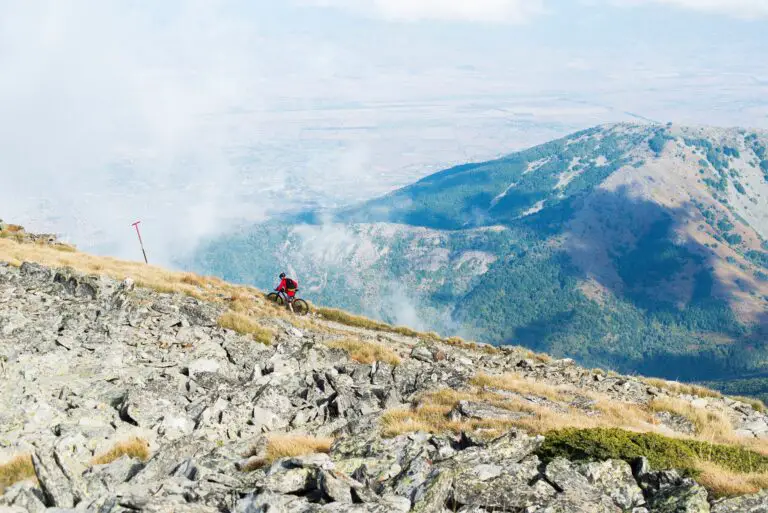
Extrusive igneous rocks, by contrast, are nature’s open book. They pour or explode out onto the surface during volcanic eruptions, cooling much more rapidly than their intrusive counterparts. The result is a smooth, often glassy texture with fine grains that are challenging to spot with the naked eye. Think of the basalt paving stones beneath your feet as you stroll through historic city streets, or the obsidian, sharp and glossy, coveted by ancient civilizations for tools.
Connecting these igneous wonders back to their sedimentary ‘ancestors’ is a journey of pressure, heat, and melting—a transformative process turning layers of deposited minerals and organic matter into molten material. The sedimentary rocks involuntarily descend into Earth’s fiery depths, or are thrust upward by tectonic forces, whereupon they are ‘reborn’ as either intrusive or extrusive igneous rocks based on their path through the geologic crucible. Beyond their origins, intrusive and extrusive rocks tell a story of time: one of a slow, subterranean crystal waltz, and the other a rapid freeze frame of fiery molten material.
The distinction between these two rock types is not just academic; it has real-world implications. Intrusive rocks form the foundation of continents and are pivotal in our comprehension of the Earth’s history. On the other side, extrusive rocks carve landscapes with their volcanic eruptions and provide fertile grounds as they break down over time.
Through this fascinating transformation, sedimentary rocks, which once settled in quiet layers, now pulsate as part of our planet’s dynamic story. Whether they solidify in the shadows or crystallize in the spotlight, they remind us that within every layer of rock lies a fiery potential awaiting the right conditions to emerge—intrusive or extrusive, each with its own tale to tell.
Frequently Asked Questions
Ever wonder how the rocky layers that line riverbeds and cliffs can transform into the molten marvel we know as lava? You’re not alone! Let’s dive into the enigmatic process that turns solid sedimentary rocks into fiery igneous counterparts. And trust us, it’s a journey that’s as fascinating as nature itself!
What’s the Secret Behind the Transformation?
Imagine sedimentary rocks like those layered pages of your favorite geological book. Now think of the intense heat and pressure that the Earth’s belly can serve up. That’s exactly what it takes to rewrite those sedimentary pages into a whole new igneous story. It’s a tale of transformation under the utmost stress—literally!

Can You Give Me a Real-Life Example?
Picture this: a peaceful sandy beach with hundreds of tiny sedimentary grains under your feet. With enough time and a push deep into the Earth’s crust, these grains could end up in the heart of a volcanic eruption! It’s Nature’s very own recycling program, taking the old and crafting it anew under a curtain of lava!
Is This Rock Rebirth Common?
You bet it is! The Earth is constantly shifting and reshaping itself. Sedimentary rocks, born from the accumulation of minerals and organic material, can find themselves on a one-way trip to the Earth’s core. There, they’re ‘baked’ into igneous stones, only to perhaps one day return to the surface through volcanic activity. It’s the ultimate rock cycle spin!
How Long Does This Rock Revolution Take?
It’s not an overnight sensation, that’s for sure. The journey from sedimentary to igneous can take millions of years. But here’s the cool part: every igneous rock you see was once something else. That granite countertop? It could’ve been a muddy riverbank eons ago. Got to love geology for those mind-boggling timelines!
